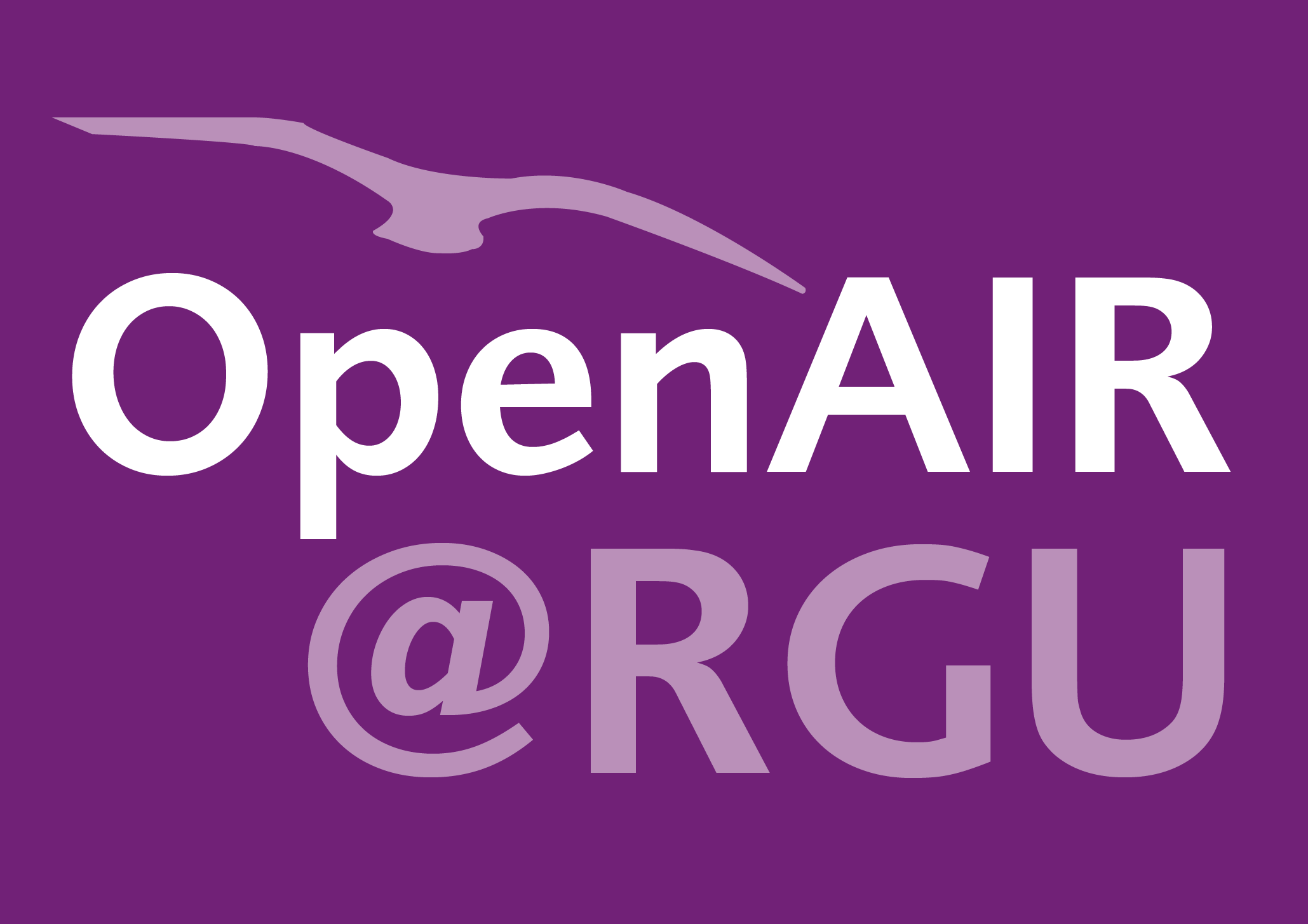Simon J. Officer
Alternative strategies for security labelling/encoding of paper and plastic products.
Officer, Simon J.
Authors
Contributors
Pat Pollard
Supervisor
Catherine Hunter
Supervisor
Peter K.J. Robertson
Supervisor
Gary Ross
Supervisor
Abstract
A literature and patent review of current optical security techniques has been carried out and identified a need in the market for an improved optical security label to rival molecular fluorescent dyes. The label proposed was a rare earth (RE) doped borosilicate glass host that was excited and fluoresced in the visible region. Suitable RE dopants were found to be europium, terbium and dysprosium. The ability to triple dope a single glass and to be able to detect all three dopants based on their discrete fluorescence signals and unique fluorescence lifetimes has been achieved with an in-situ detector. This has advantages over current fluorescent dye labels which have broadband spectra that quickly overlap each other reducing their number of permutations. Energy transfer between the dopants was noted. This can be used to increase the security level as the fluorescence signals were altered by these interactions. Europium was found to be enhanced with the addition of dysprosium or terbium whilst dysprosium enhanced terbium. Environmental studies of the doped glasses were carried out under various extreme conditions. These results concluded that no affect was found on their fluorescence signals or weight. Fluorescence lifetime studies on the single RE doped glasses was successfully carried out. These results were used for the detection system design to increase the selectivity of the RE dopants over background fluorescence. Subsequently an initial single channel detector system was designed and built that could selectively detect 5 mm diameter pieces of 3 mol% europium doped glass. The application of doped glass dispersed in ink and printed onto various media was also successfully demonstrated. With the production of micron sized particles, the glass could be incorporated into a wide variety of media increasing their possible applications in brand protection. Additionally, initial tests for compatibility with the detector system were achieved proving the capabilities of the detector system to detect the doped samples whilst mixed in various media.
Citation
OFFICER, S.J. 2005. Alternative strategies for security labelling/encoding of paper and plastic products. Robert Gordon University, PhD thesis.
| Thesis Type | Thesis |
|---|---|
| Deposit Date | Jun 10, 2014 |
| Publicly Available Date | Jun 10, 2014 |
| Public URL | http://hdl.handle.net/10059/983 |
| Contract Date | Jun 10, 2014 |
| Award Date | Apr 30, 2005 |
Files
OFFICER 2005 Alternative strategies for security
(13.2 Mb)
PDF
Publisher Licence URL
https://creativecommons.org/licenses/by-nc-nd/4.0/
Copyright Statement
© The Author.
You might also like
Transport of nanoparticles in porous media and associated environmental impact: a review.
(2024)
Journal Article
